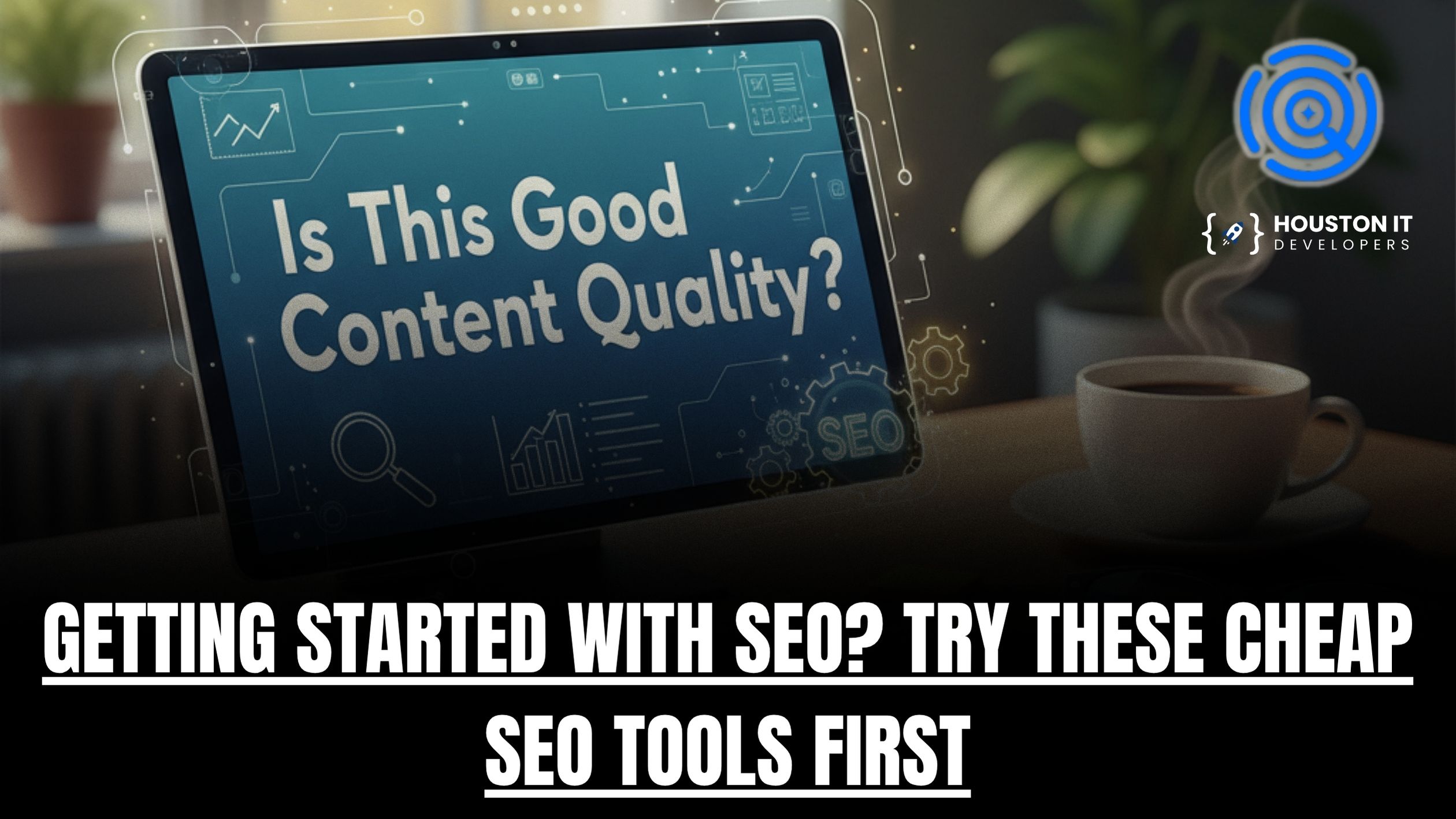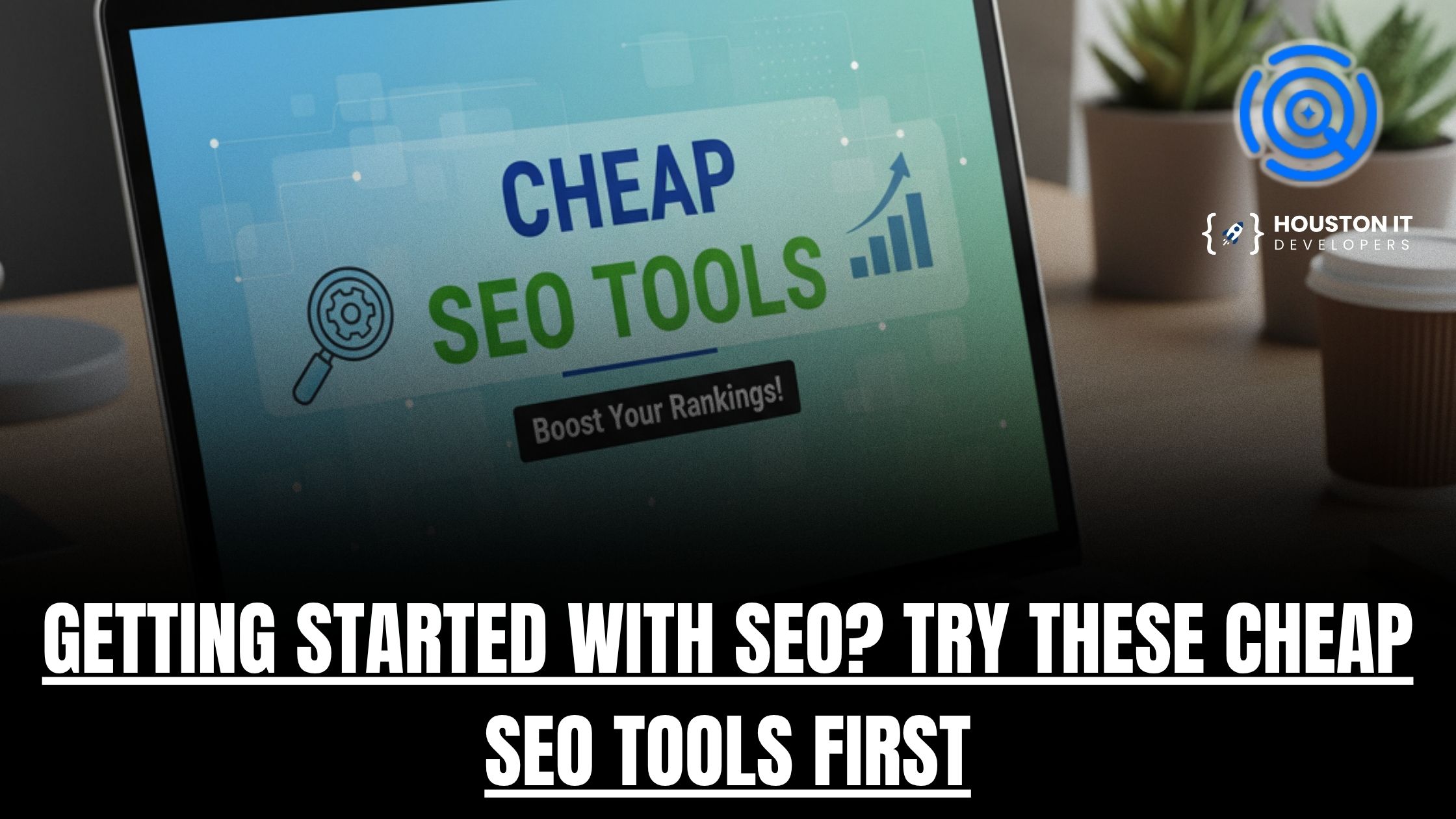Have you ever reviewed your writing and asked yourself is this good content quality or wondered why some pages rank while yours barely gets seen? With more than 99,000 Google searches happening every second, the competition for visibility is intense.
Since 75% of users never scroll past the first page, creating quality content is no longer optional. Many beginners struggle to understand what makes good content and how content optimization affects search results. The real problem is that most pages fail because they do not match user needs or follow the basics of website content optimization.
If you want to improve your rankings without guesswork, this guide will help you understand what search engines look for and how to strengthen your content step by step. In this blog post, you will learn simple checks you can apply before publishing so you can create content that performs better and feels more useful for readers.
What Content Quality Means for Beginners
Beginners often look at a finished page and still wonder is this good content quality because many early signals that matter to search engines are not obvious. Quality content starts with accuracy and clear purpose. Every section should answer a real question users search for and support that answer with facts, examples, or simple explanations. Search engines reward pages that demonstrate understanding of a topic rather than those that repeat generic phrases.
A strong piece of good content shows depth by covering related subtopics users expect to find. If someone searches for a beginner guide, the page should include definitions, practical examples, and simple steps. When a topic needs clarity, supporting details improve trust and reduce confusion.
Good quality also depends on structure. Use short paragraphs, helpful headings, and natural keyword placement to strengthen content optimization. This improves readability and helps search engines interpret your topic. As part of website content optimization, ensure the page stays focused on the search intent. When readers find what they need quickly, engagement improves and sends positive signals that support your rankings.
How to Check If Your Content Matches Search Intent
Understanding search intent helps you answer the question is this good content quality because it shows whether your page aligns with what users truly want. Search intent describes the purpose behind a keyword and reveals if the user is looking for information, comparisons, products, or solutions. A single topic can lead people to very different expectations. When your content does not match the reason behind the search, readers leave quickly and this weakens your content optimization efforts.
Use the steps below to verify intent before writing.
- Check the top ranking pages and identify the common angle they use
- Analyze formats such as tutorials, list posts, definitions, or reviews
- Look at the depth of coverage and note if it serves beginners or advanced users
- Study the first few headings to understand how they frame the topic
- Spot repeated themes that signal what search engines believe the user wants
Once you understand these patterns, shape your content to meet the same needs while adding your own unique value. This approach supports website content optimization and helps search engines classify your page correctly. When your content matches intent, engagement improves and signals that your page is delivering good content that deserves stronger visibility.
Simple On Page Signals That Show Good Quality
On page signals act as measurable indicators that show whether your writing meets user expectations and supports true quality content. They help search engines understand your topic, confirm your expertise, and decide how your page should rank. When beginners ask is this good content quality, these signals provide concrete proof instead of guesswork.
Strengthening these elements also boosts your content optimization and improves how search engines evaluate your relevance.
| On Page Signal | What It Includes | Why It Matters for Good Content |
| Clear headings | Each heading introduces a single idea, follows a logical order, includes relevant keywords, and guides readers through the topic without confusion | Search engines rely on headings to understand topic hierarchy. Readers rely on them to skim quickly and locate answers. Clear headings reduce bounce rates and increase engagement. |
| Natural keyword use | Main keyword placed in the introduction, at least one subheading, and naturally within the body. Supporting terms woven into sentences where they fit contextually | Proper keyword use helps search engines confirm your topic without keyword stuffing. This improves semantic understanding and supports stronger website content optimization. |
| Logical internal links | Links to pages that expand on definitions, offer deeper explanations, or help users complete actions. Anchors that describe exactly what the user will find after clicking | Internal links help search engines map your site structure and pass authority to important pages. They keep users exploring longer which signals good content and boosts overall performance. |
| Concise paragraphs | Three to five sentences per paragraph. Each paragraph covers one thought with clear transitions and removes filler words that weaken clarity | Shorter blocks improve readability on both mobile and desktop. This keeps readers engaged longer and shows search engines that the content provides a smooth user experience. |
| Accurate examples | Real situations, step by step explanations, data, and specific scenarios that help readers apply the information in a practical way | Search engines recognize detailed examples as a sign of expertise. Readers stay longer because examples make complex topics easy to understand which strengthens engagement signals. |
When you apply these signals consistently, your pages become easier to understand and more aligned with search intent. This improves user satisfaction and gives search engines clear indicators that your content is valuable, which leads to stronger rankings and more reliable long term visibility. You can deepen your knowledge with this guide on how to add keywords to website.
Quick Checklist to Review Before Publishing

Before you hit publish, you should pause and run your content through a final quality check. This simple review helps you answer is this good content quality with confidence and protects your page from common mistakes that weaken performance. A strong checklist keeps your work consistent and supports better content optimization, especially when you are still learning how to structure quality content effectively.
- Did you answer the user’s main question clearly
- Does the page align with search intent
- Is your structure easy to skim
- Are your supporting details accurate and helpful
- Have you included related terms that improve context
- Is your writing free from fluff
- Does your page feel authoritative even if it is beginner level
A checklist helps you stay disciplined, but having a smart tool makes the process much faster. This is where OnPageSEO.ai becomes extremely useful. It identifies gaps in keyword usage, missing entities, weak structure, and other issues that beginners often overlook. It also helps you compare your content against SEO standards and ensures your page is ready to perform.
| Feature | What It Does | Why It Matters |
| Instant On Page SEO Analysis | Gives you a health score and AI recommendations in one click | Helps beginners spot weak areas without manual checking |
| Header Structure Audit | Shows all H1 to H6 headings with color coded issue detection | Ensures clear structure which improves readability and search engine understanding |
| Internal and External Link Analysis | Gives a full overview of links and anchor text quality | Supports stronger website content optimization by improving link relevance |
| Image SEO Audit | Checks alt text, file names, and lets you convert images to WebP | Improves page load speed and accessibility which are key ranking factors |
| Keyword Analysis | Tracks keyword distribution, density, and missing entities | Helps you place keywords naturally and avoid over optimization |
| AI Title and Meta Generator | Creates optimized titles and descriptions based on your content | Saves time and strengthens your click through rate from search results |
| Google Search Console Insights | Provides deeper performance data and recommendations | Helps you understand how your pages perform and where to improve further |
When you combine your manual checklist with the automation and insights from OnPageSEO.ai, you create a reliable system that removes guesswork. This allows you to publish with confidence, knowing your page follows SEO best practices and stands a stronger chance of ranking.
FAQs
What is good quality content
Good quality content is information that answers a user’s question accurately, clearly, and in a way that matches what they expected to find. It provides helpful insights, practical value, and a structure that makes the page easy to read. Search engines see this kind of content as useful because it satisfies intent and keeps readers engaged.
How do you describe good content
Good content is relevant, trustworthy, and focused on solving a specific user need. It uses clear language, strong examples, and logical formatting. It also includes related terms that help search engines understand the topic more deeply. When a page feels informative, organized, and enjoyable to read, it qualifies as good content.
How do I check my content quality
You can check your content quality by reviewing clarity, accuracy, structure, and search intent alignment. Look for missing details, confusing paragraphs, or weak explanations. For a faster and more detailed review, use OnPageSEO.ai to scan your page. It highlights structural issues, keyword gaps, missing entities, and other factors that affect performance, making it easier to improve your content before publishing.
Final Thoughts on Is This Good Content Quality? Starter Checklist for Better SEO
Strong rankings come from clarity, accuracy, and a structure that supports search intent. You now know how to evaluate your writing, check whether it answers user needs, and review the on page signals that show search engines your page offers real value. When you follow these steps consistently, you turn every piece of content into a reliable asset that supports long term growth.
Your next step is simple. Start applying the checklist to your upcoming posts and use OnPageSEO.ai to validate your work. The extension scans your content in seconds and highlights missing keywords, structural issues, weak headings, and optimization gaps you might not notice on your own. This gives you the confidence to publish content that meets SEO standards and engages readers more effectively.
Take the guesswork out of content optimization. Sign up today and install the OnPageSEO.ai Chrome extension to improve your pages with real time insights and AI powered recommendations.


